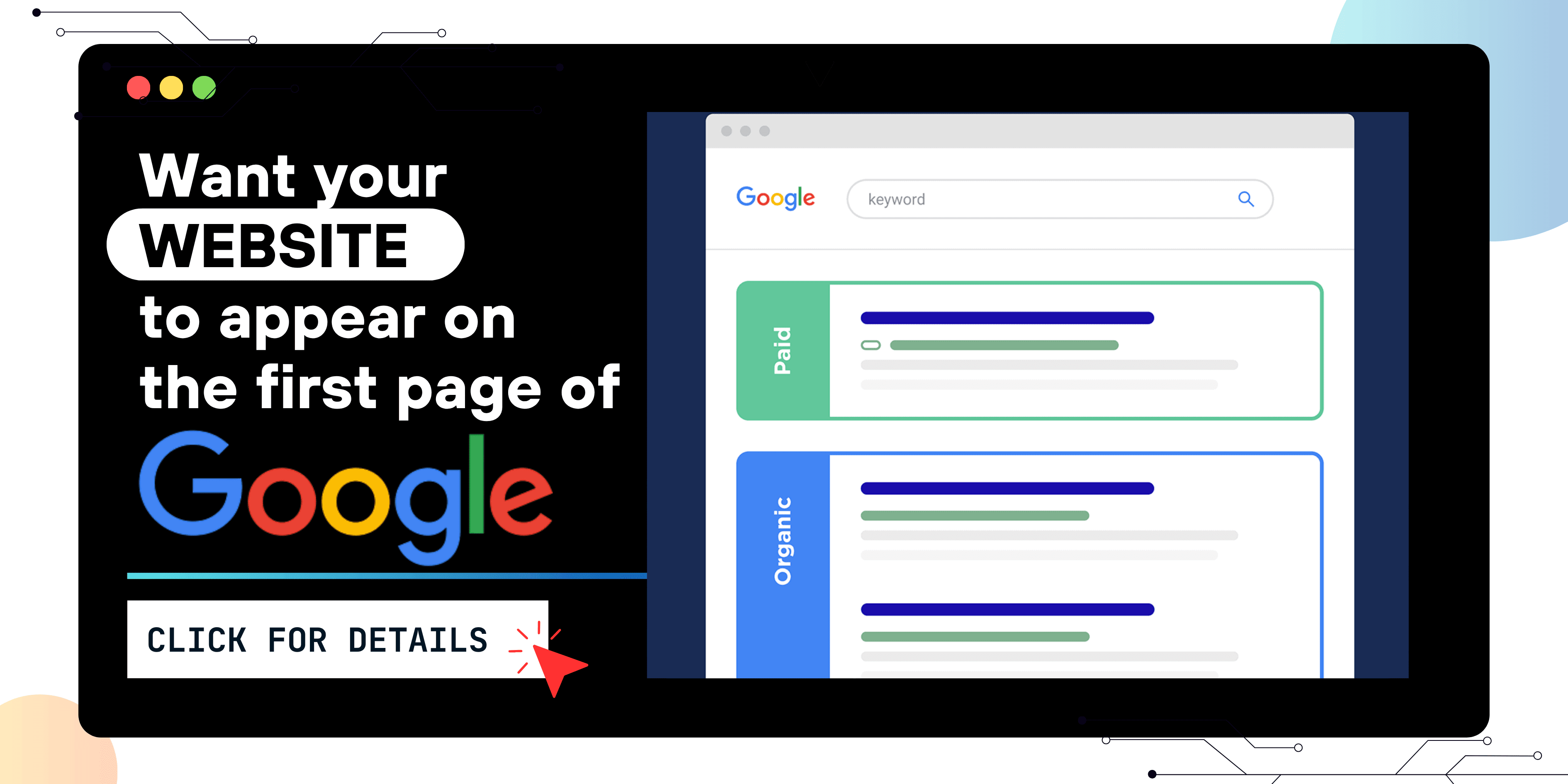Listen to This Article
In the ever-evolving world of ecommerce, brands are finding themselves trapped in a modern-day Catch-22 — they need ecommerce platforms to reach customers, but the rising cost of doing business on these platforms is steadily eroding their profit margins. As platform fees grow, brands are struggling to maintain healthy bottom lines, and the dilemma is forcing many to rethink their digital strategies.
The Rising Cost of Selling Online
Over the past few years, ecommerce marketplaces like Amazon, Flipkart, and others have steadily increased the fees they charge sellers. These include:
- Commission fees (a percentage of the sale)
- Fulfillment and logistics fees
- Storage costs
- Advertising and promotional expenses
For small and mid-sized brands, these costs often consume 30-40% (or more) of the product price, leaving little room for profit — especially in low-margin categories like fashion, consumer electronics, or daily essentials.
Why Brands Can't Afford to Leave
Despite shrinking margins, brands can't simply walk away from these platforms. Here’s why:
- Vast customer reach: Ecommerce platforms provide access to millions of potential shoppers.
- Brand visibility: Being present on top platforms increases a brand’s discoverability.
- Consumer trust: Shoppers often prefer the reliability and ease of established platforms.
- Infrastructure support: Platforms handle warehousing, logistics, returns, and more — essential services for sellers without their own infrastructure.
This dependency creates a classic Catch-22: brands must stay on these platforms to survive, but doing so may slowly strangle profitability.
Who’s Affected the Most?
- D2C Startups: Startups relying heavily on online marketplaces for initial growth are often the first to feel the squeeze.
- Bootstrapped Brands: Without VC funding or deep pockets, these brands struggle to absorb rising fees.
- Niche Categories: Products with smaller customer bases or low average order values face disproportionate cost pressure.
Strategies Brands Are Adopting
To survive and thrive in this high-fee environment, many brands are now pivoting:
1. Strengthening Direct-to-Consumer (D2C) Channels
- Building their own websites with platforms like Shopify or WooCommerce.
- Encouraging repeat customers via email marketing and loyalty programs.
- Offering exclusive deals only on their own site.
2. Selective Platform Use
- Using ecommerce marketplaces for visibility but shifting high-margin or loyal customers to D2C platforms.
3. Cutting Operational Costs
- Partnering with third-party logistics (3PL) providers.
- Streamlining SKUs and reducing inventory carrying costs.
4. Brand-Driven Advertising
- Investing in brand building over platform-driven ads to reduce dependency on paid discovery.
The Role of Ecommerce Platforms
While platforms have built powerful ecosystems, there is growing criticism around the lack of transparency in fee structures and the pressure they place on sellers. Some have started offering “premium” services to top-performing brands, but the smaller players continue to bear the brunt.
There is now a growing call for:
- Fee transparency
- Better support for smaller sellers
- Flexible commission models
- Reduced ad costs
The ecommerce boom has undoubtedly democratized access to markets, but the growing costs of selling online are becoming unsustainable for many brands. Unless platforms and sellers find a more balanced model, this Catch-22 could lead to burnout, consolidation, or an exodus toward more cost-efficient alternatives.
A Structural Imbalance Is Emerging
The current model heavily favors ecommerce platforms. They charge brands for everything — from listing and fulfillment to ads and returns — while also collecting vast amounts of customer data. Meanwhile, sellers are often left fighting for visibility and profitability. This imbalance is not sustainable in the long run.
The Catch-22 Is Real
Brands need the reach and credibility these platforms offer. But the irony is — the more they grow on these platforms, the more they pay, and the thinner their margins become. It’s a growth trap that can feel like a treadmill: high effort, limited gain.
D2C Is the Future — But Not a Shortcut
While direct-to-consumer selling offers more control and higher margins, it comes with its own challenges:
- Cost of customer acquisition (CAC) is rising.
- You need strong logistics, customer service, and trust-building on your own site.
Still, for long-term brand equity and profitability, D2C is a crucial investment.
Smart Brands Will Diversify
The smartest brands are doing both:
- Using ecommerce platforms to gain exposure and new customers.
- Then guiding those customers to their own website with loyalty programs, email marketing, and better deals.
What Needs to Change?
- Platform transparency: Sellers deserve to know where their money is going.
- Flexible fee models: Especially for small businesses or niche players.
- Smarter partnerships: Platforms should view sellers as partners, not just revenue sources.
In short: Ecommerce platforms created the marketplace. Now they must also help preserve its diversity and sustainability. Brands, in turn, must get savvier, not just bigger.
Pros
1. Wider Market Reach
- Ecommerce platforms like Amazon and Flipkart offer instant access to millions of potential customers across the country (and sometimes globally).
2. Built-in Trust and Infrastructure
- Customers trust these platforms for secure payments, fast delivery, and hassle-free returns — things that are expensive for brands to build on their own.
3. Operational Convenience
- Platforms handle logistics, warehousing, returns, and customer service, which helps small brands scale faster without building everything from scratch.
4. Marketing Tools
- Brands can use platform advertising and promotional tools to boost visibility and sales, especially during big sale events.
5. Customer Insights
- Some platforms provide analytics and insights about consumer behavior, sales trends, and performance that can inform strategy.
Cons
1. High and Increasing Fees
- Commission, logistics, and ad fees can eat up to 30-50% of a brand’s revenue, making it hard to stay profitable — especially for small sellers.
2. Dependency Risk
- Relying too heavily on one or two platforms can leave brands vulnerable to sudden policy changes, fee hikes, or account suspensions.
3. Lack of Customer Ownership
- Brands don't get access to customer data (emails, phone numbers), which limits remarketing and loyalty-building efforts.
4. Intense Competition
- Platforms often have hundreds or thousands of similar products, pushing brands into price wars and reducing brand differentiation.
5. Unfair Algorithm and Ad Pressure
- Search algorithms often favor paid listings, forcing sellers to spend more on ads to remain visible, even to their loyal customers.
Future Strategies for Brands Facing Shrinking Margins
1. Strengthen Direct-to-Consumer (D2C) Channels
- Build and promote their own websites (via Shopify, WooCommerce, etc.).
- Offer exclusive products, bundles, or discounts only on their website.
- Use first-party data for personalized marketing and retention.
2. Diversify Sales Channels
- Don’t rely on just one or two big platforms. Explore:
- Niche marketplaces (e.g., Nykaa for beauty, FirstCry for baby products)
- Social commerce (Instagram Shop, Facebook Marketplace, YouTube Shopping)
- Offline retail or pop-up stores for hybrid presence
- Niche marketplaces (e.g., Nykaa for beauty, FirstCry for baby products)
3. Build Brand Loyalty & Community
- Launch loyalty programs, referral schemes, and subscription models.
- Engage directly with customers via email newsletters, WhatsApp, and social media.
- Encourage user-generated content (UGC) and influencer partnerships.
4. Negotiate with Platforms or Choose Flexible Models
- As brands grow, they can negotiate better commission terms or access exclusive benefits.
- Some newer platforms offer tiered pricing or partnership programs to reduce pressure on small brands.
5. Optimize Product and Supply Chain
- Reduce operational costs through:
- Localized manufacturing or sourcing
- Efficient packaging and logistics partners
- SKU rationalization (focusing only on best-sellers)
- Localized manufacturing or sourcing
6. Leverage AI and Automation
- Use tools for inventory forecasting, pricing optimization, and customer segmentation to boost efficiency and reduce waste.
7. Explore International Markets
- Sell on global platforms like Etsy, Amazon Global, or niche sites relevant to your product category.
- International markets often have higher margins and less saturated competition.
8. Raise Capital or Collaborate
- Raise funds to invest in infrastructure (especially for D2C).
- Collaborate with other brands for co-branded campaigns, shared logistics, or mutual promotions.
Bonus: Think Like a Brand, Not Just a Seller
The brands that survive and grow will be the ones that build strong identity, trust, and customer loyalty — not just those who depend on discounts and platform.
 Unlock Your Savings Today!
Unlock Your Savings Today!
Get the best deals with unbeatable service and exclusive offers.

 Grow Your Business with Proven Digital Marketing
Grow Your Business with Proven Digital Marketing
Ready to attract more customers and outshine your competition? Our tailored digital marketing strategies help you rank higher, generate qualified leads, and build a brand people trust. Let’s take your business to the next level.
Digital Marketing Solutions in Leading Cities


 Disclaimer
Disclaimer
The views expressed by experts in this article are their own and do not necessarily reflect the opinions of any website, organization, institution, or affiliated entity. If you have any concerns regarding this article, please contact us at contact@quantamminds.com and also on WhatsApp
Frequently Asked Questions
What is causing the rise in ecommerce platform fees for brands?
Ecommerce platforms have expanded their services—like faster deliveries, customer support, and advertising—which come at a cost. To maintain these services and increase profitability, platforms have gradually raised fees on commissions, logistics, and promotions.
How do increasing platform fees affect brand profitability?
Higher fees cut into the revenue earned on each sale, reducing overall profit margins. For many brands, especially those in competitive or low-margin categories, this makes it difficult to remain financially sustainable on marketplaces.
Why can't brands simply stop using ecommerce platforms?
Despite the high fees, platforms offer massive visibility, trusted infrastructure, and access to a large customer base. Leaving these platforms can drastically reduce reach and sales, making brands dependent even when profits are low.
What are some solutions for brands facing shrinking margins online?
Brands can invest in direct-to-consumer (D2C) websites, diversify their sales channels, reduce operational costs, and build customer loyalty to reduce reliance on ecommerce marketplaces and improve profitability
Will this Catch-22 situation improve in the future?
It depends on how platforms and brands adapt. If platforms introduce fairer pricing models and brands focus on building strong direct relationships with customers, the current imbalance can be reduced. Technology and innovation will also play a big role in shaping a more sustainable ecommerce ecosystem








 Pallavi Singh on 2025-05-26
Pallavi Singh on 2025-05-26

 Ashwani Kumar
Ashwani Kumar 



